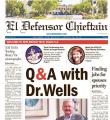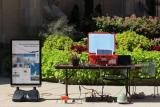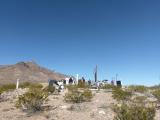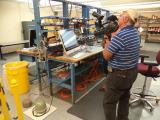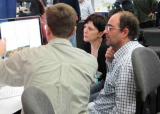
Leap Second's effect on PASSCAL RT-130 and Q330
Summary:
Q330:
Data time starting at 2017:001:00:00:00 is +1 second from truth for 1-2 minutes (seen in controlled tests) until a clock correction, followed by a gap of 2-40 seconds per channel depending on sample rate.
RT-130:
Data time starting at 2017:001:00:00:00 is +1 second from truth for 15min - 9:42hrs (seen in controlled tests) until a clock correction. Some data (~6secs in tests) around the time correction is mistimed, sometimes 11 years in the future, or missing.

